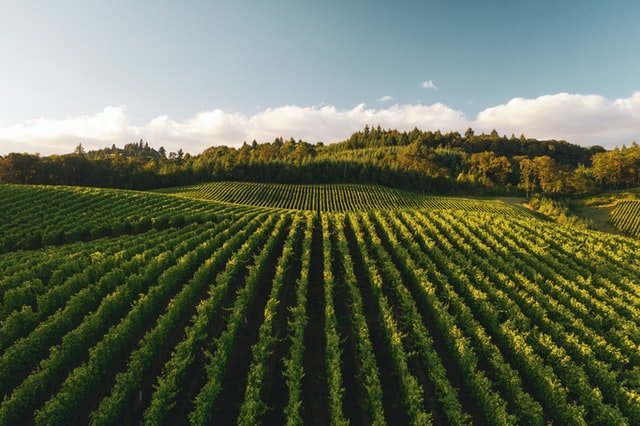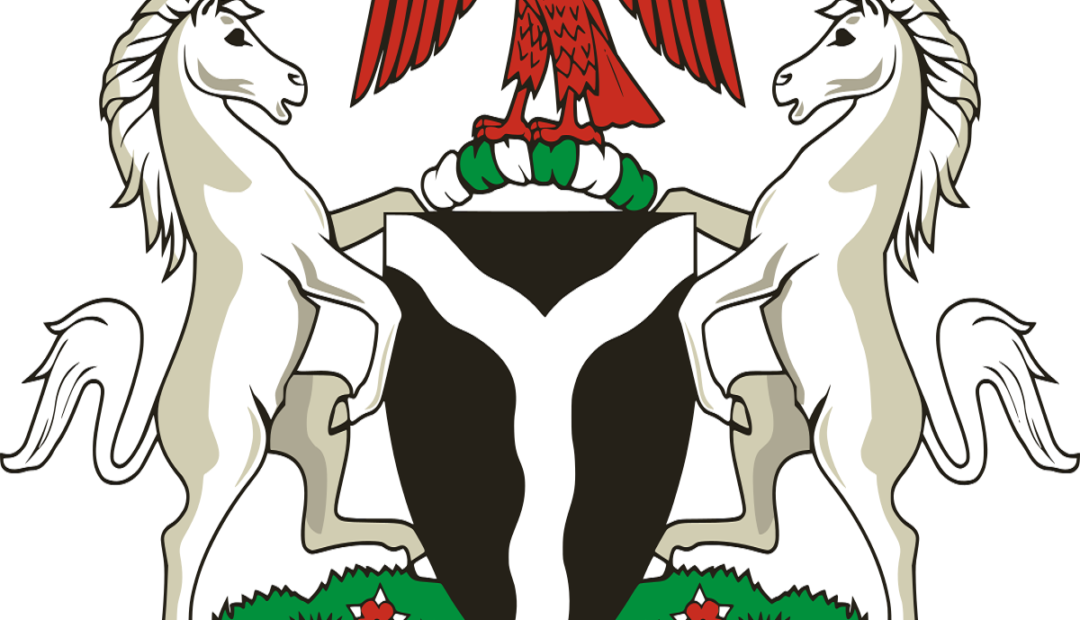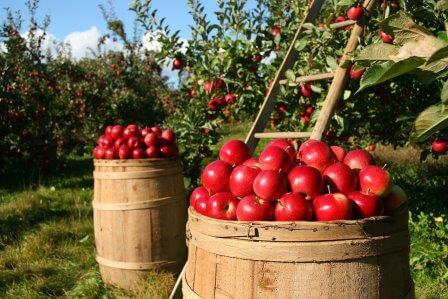Meaning of Weed
Description of a Weed There are numerous definitions of a weed, including: a plant out of place and not intentionally sown a plant growing where it is not wanted a plant whose virtues have not yet been discovered. (R.W.Emerson) Plants that are competitive, persistent, pernicious, and interfere negatively with human activity (Ross, et. al.) Cultural […]


